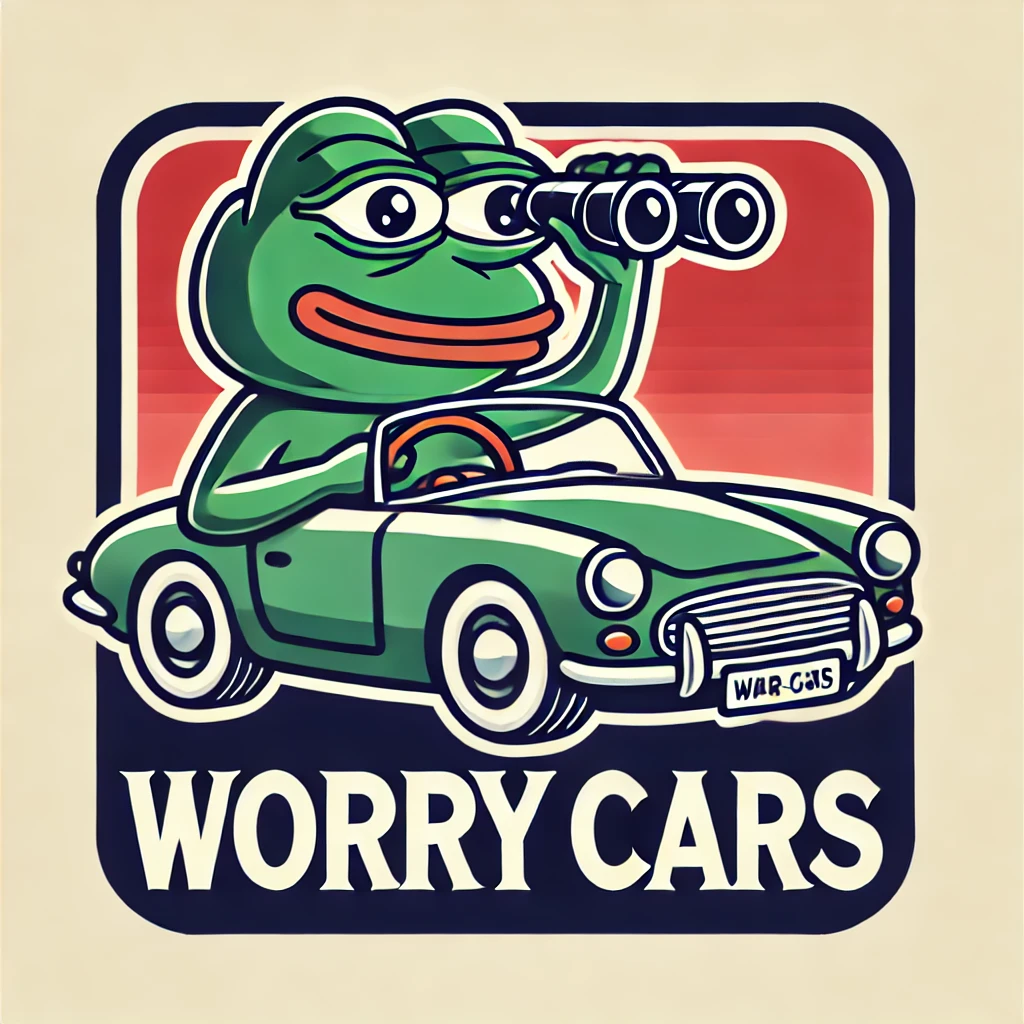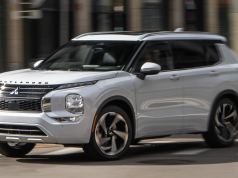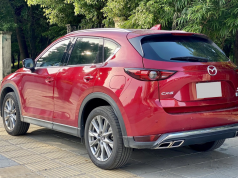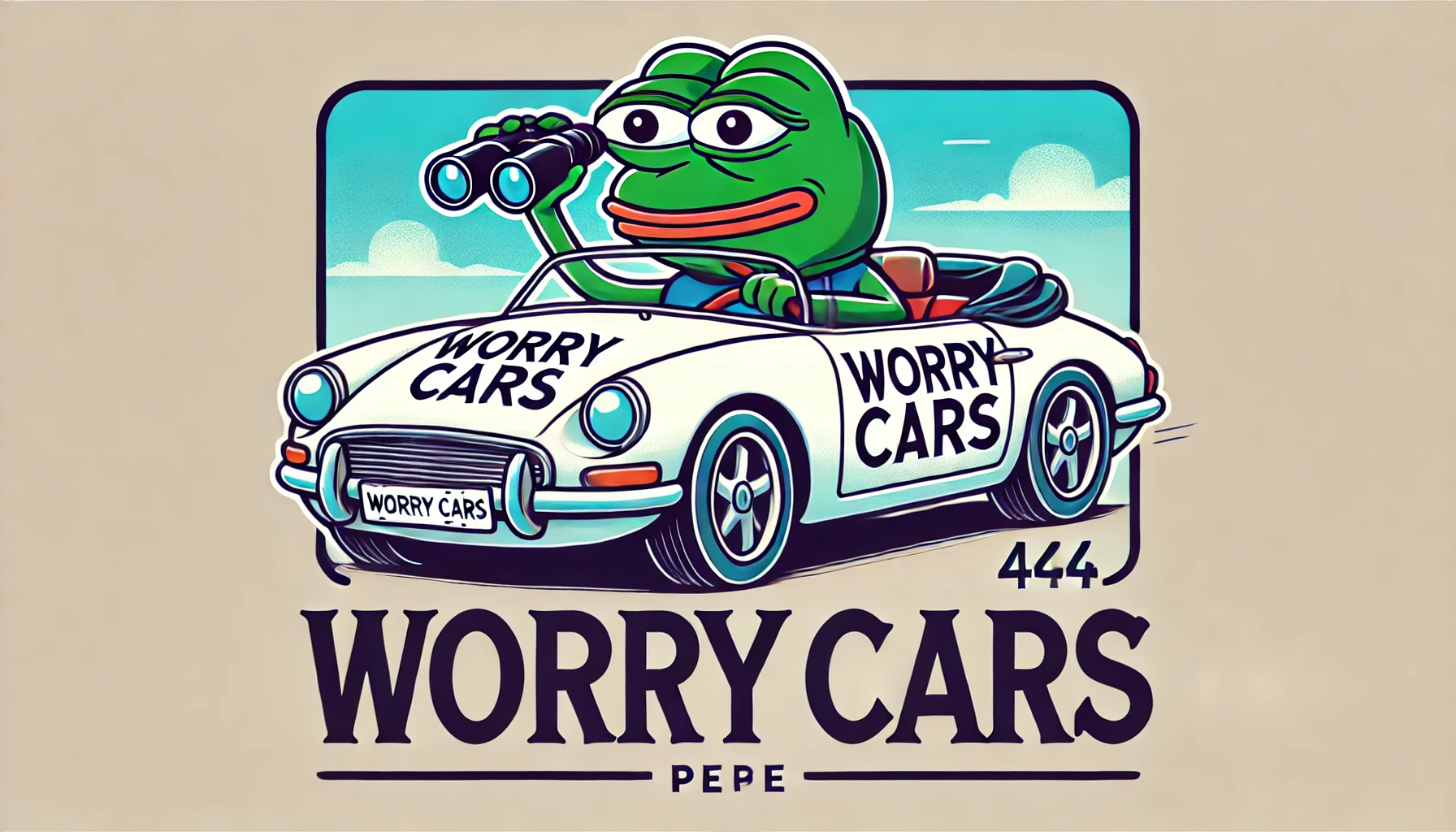Keeping your car clean is essential for maintaining its condition and value. As an expert who has navigated the roads of Vietnam and other Southeast Asian countries, I’m here to share my insights and practical tips on how to properly clean your car and maintain its pristine condition.
Introduction
Regular car cleaning is crucial for several reasons:
- Protection: It helps protect your car’s paint and interior from damage.
- Maintenance: Cleaning your car allows you to inspect for potential issues.
- Cost-Effective: Doing it yourself saves money and provides a thorough clean.
Regularly cleaning your car isn’t just about keeping it looking good; it’s about maintaining its value and functionality. Living in Vietnam, where the climate can be harsh and the roads dusty, it becomes even more crucial to maintain your vehicle. Frequent cleaning can prevent rust, maintain the car’s resale value, and ensure that all parts are functioning correctly.
Essential Tools and Materials
1. Pressure Washer:
- Popular Brands: Bosch, Karcher
- Usage: A pressure washer helps remove dirt and grime from the car’s exterior efficiently.
A pressure washer is invaluable for tackling the stubborn dirt and grime that can accumulate on your car, especially in urban areas with pollution and construction dust. It’s powerful enough to clean the car without damaging the paint if used correctly. Brands like Bosch and Karcher offer models that are both effective and durable. When using a pressure washer, maintain a safe distance to avoid stripping paint or damaging delicate parts.
2. Microfiber Towels:
- Purpose: Use these for drying the car, cleaning windows, and wiping surfaces without scratching.
- Brands: 3M, Meguiar’s
Microfiber towels are essential because they are gentle on your car’s surfaces, yet effective in absorbing water and capturing dirt. They prevent scratches that traditional towels might cause. Always keep a set of clean microfiber towels handy for different parts of the car – one for the body, one for the wheels, and one for the interior.
3. Feather Duster:
- Purpose: Dust off the car’s surface, but be cautious with expensive paint finishes.
A feather duster can be useful for quickly removing light dust from your car’s surface. However, it’s important to use it gently and avoid using it on very dirty surfaces to prevent scratching. For high-end paint jobs, a microfiber duster might be a safer option.
4. Specialized Car Wash Soap:
- Popular Choices: Sonax, 3M, Meguiar’s
- Usage: These products are designed to clean without stripping the car’s protective wax.
Regular dish soap or household cleaners can strip away the wax and protective coatings on your car. Specialized car wash soaps are formulated to clean effectively while preserving these protective layers. Sonax, 3M, and Meguiar’s are reputable brands that provide excellent results.
5. Vacuum Cleaner and Air Compressor:
- Purpose: Clean the interior, including seats, floors, and crevices.
A good quality vacuum cleaner with various attachments can help you reach all the nooks and crannies inside your car. An air compressor can be used to blow out dust from tight spaces where a vacuum cannot reach, such as air vents and seat tracks.
Steps for Cleaning Your Car
1. Exterior Cleaning:
- Rinsing: Use a pressure washer to wet the entire car, loosening dirt and debris.
- Washing: Apply car wash soap with a soft brush or sponge, then rinse thoroughly.
- Drying: Use microfiber towels to dry the car, preventing water spots.
Detailed Steps:
Rinsing: Begin by using a pressure washer or hose to thoroughly rinse the car. Start from the top and work your way down to ensure all dirt and debris are loosened and washed away. Pay special attention to the wheel wells and undercarriage, as these areas often accumulate a lot of grime.
Washing: Fill a bucket with water and add the recommended amount of car wash soap. Using a soft wash mitt or sponge, lather the soap onto the car’s surface, again starting from the top and working your way down. Use a different mitt for the wheels to avoid transferring brake dust and other contaminants to the paintwork.
Drying: After rinsing off all the soap, use microfiber towels to dry the car. Drying the car properly is crucial to avoid water spots and streaks. For best results, use a large, plush microfiber drying towel and blot rather than wipe to soak up the water.
2. Cleaning Windows and Mirrors:
- Products: Use a glass cleaner with microfiber towels.
- Technique: Ensure no streaks or watermarks are left behind.
Detailed Steps:
Products and Techniques: Spray a quality glass cleaner onto a microfiber towel and wipe the windows and mirrors in a circular motion to avoid streaks. Finish by buffing with a dry microfiber towel to ensure clarity. For best results, clean the windows in a shaded area to prevent the cleaner from drying too quickly.
3. Interior Cleaning:
- Vacuuming: Clean seats, floors, and small spaces with a vacuum.
- Wiping Surfaces: Use a soft cloth and appropriate cleaner for leather or fabric seats.
- Dashboard and Plastic Parts: Apply cleaners and conditioners to maintain and protect these surfaces.
Detailed Steps:
Vacuuming: Use a vacuum cleaner with various attachments to reach all the nooks and crannies. Start with the seats and work your way down to the floors, making sure to get into the gaps between the seats and the console. Use a soft brush attachment to avoid scratching surfaces.
Wiping Surfaces: For leather seats, use a dedicated leather cleaner and conditioner to maintain their suppleness and prevent cracking. For fabric seats, a fabric cleaner can help remove stains and odors. Use a soft cloth and apply the cleaner as per the product’s instructions.
Dashboard and Plastic Parts: Clean the dashboard and other plastic parts with a mild cleaner and a microfiber cloth. Avoid using harsh chemicals that could damage the plastic. Once clean, apply a plastic protectant to keep these surfaces looking new and to prevent them from cracking or fading.
4. Polishing and Paint Protection:
- Polish: Use a car polish to enhance the paint’s shine.
- Sealant: Apply a paint sealant for long-term protection.
Detailed Steps:
Polish: After washing and drying your car, apply a car polish to the paintwork. Polishing helps remove minor scratches and oxidation, restoring the paint’s shine. Use a dual-action polisher for the best results, and follow the polish manufacturer’s instructions.
Sealant: Once polished, apply a paint sealant to protect the paint. Sealants provide a longer-lasting barrier than traditional wax and help keep the paint looking glossy and new. Apply the sealant with an applicator pad, let it cure as per the instructions, and then buff it off with a clean microfiber towel.
Tips and Tricks
Using RainX for Windshields: Applying RainX or a similar product to your windshield helps rainwater bead up and roll off quickly, improving visibility during rainstorms. Follow the instructions on the product for the best results.
Regular Polishing: Regularly polishing your car keeps the paint looking vibrant and protects it from environmental damage. Aim to polish your car every six months.
Routine Interior Care: Keep your car’s interior looking new by regularly cleaning and conditioning leather seats and using fabric protectants on cloth seats. Wipe down hard surfaces weekly to prevent dust buildup.
Air Purification: Using an air purifier in your car can significantly improve the air quality, which is especially beneficial for those with allergies or respiratory issues. Portable car air purifiers are available and can be plugged into your car’s power outlet.
Recommended Products and Services
- Pressure Washers: Bosch Aquatak, Karcher K2
- Car Wash Soaps: Sonax, 3M, Meguiar’s
- Supporting Accessories: Microfiber towels, feather duster, vacuum cleaner
Conclusion
Regular car cleaning is more than just an aesthetic endeavor; it’s an essential part of car maintenance. By cleaning your car yourself, you can save money, ensure a thorough job, and monitor your vehicle’s condition closely. Using the right tools and products will keep your car looking and functioning like new, extending its lifespan.
Taking these recommendations into account, you can ensure that your car stays clean, protected, and looking its best. Whether you’re navigating the busy streets of Vietnam or embarking on long journeys, these tips will help you maintain your vehicle in top condition. Safe travels and happy cleaning!
FAQs
1. How often should I clean my car?
- It depends on usage and environment, but generally, once a month for a thorough clean is recommended.
2. Can I use household cleaners for my car?
- It’s best to use specialized car cleaning products to avoid damaging the paint or interior materials.
3. What’s the best way to dry my car after washing it?
- Use microfiber towels to gently dry the car and prevent water spots.
4. How do I clean hard-to-reach places inside the car?
- Use a vacuum with various attachments and an air compressor to blow out dust from crevices.












